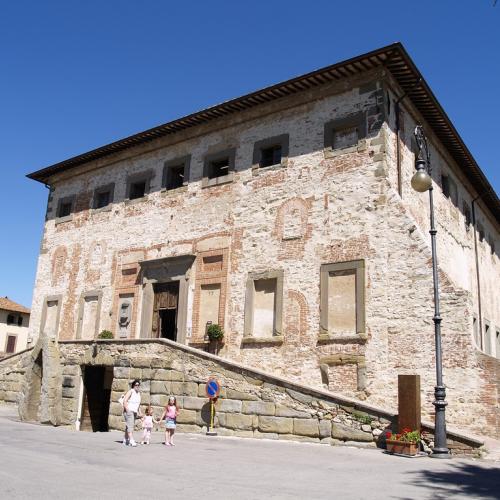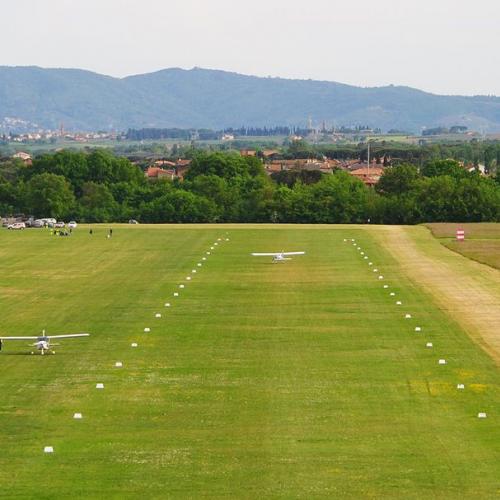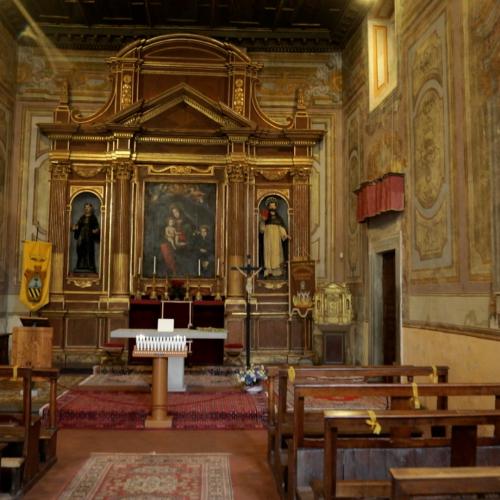Castiglione del Lago
Castiglione del Lago stands on a promontory that was once the fourth Island of Lake Trasimeno which became part of the mainland due to a lowering of the lake water. The historic centre is surrounded by medieval walls with the three Fiorentina, Senese and Perugina gates.
The Medieval Fortress represents one of the most interesting examples of military architecture in medieval Umbria. It was built in 1247 and has an irregular pentagon shape, with five towers and three gates, dominated by a triangular keep nearly 30 meters in height.
Another building of considerable artistic importance is the Ducal or Della Corgna Palace, commissioned by Ascanio della Corgna in 1560 on a project by Vignola or Galeazzo Alessi. It houses frescoes with mythological scenes and exploits of Ascanio della Corgna, soldier of fortune, and represent one of the best examples of Umbrian Mannerist painting.
In the inhabited centre worthy of interest are the Church of St. Maria Magdalena, with a fine '500 panel by a pupil of Perugino, and the Church of St. Domenico di Guzman, with a beautiful wooden coffered ceiling and an ambulacrum used as a tomb for the Della Corgna family, and in the main square is the Captain of the People Palace, dating back to the 13th century.


